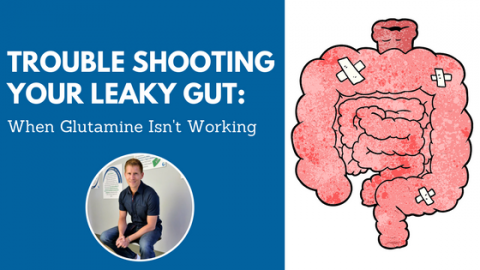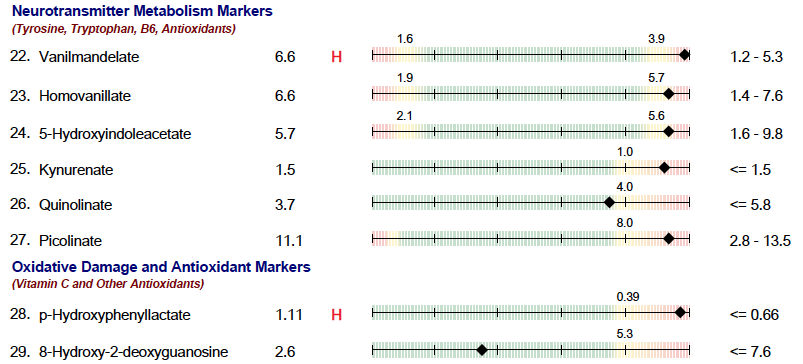
If you were to Google ‘how to heal a leaky gut,’ one of the most common recommendations you will notice is the advice to start taking glutamine. For those already lost, glutamine is an amino acid. Amino acids are the building blocks of proteins. Don’t just think about muscles as proteins but all your enzymes are proteins, you use proteins to carry around nutrients and hormones though the body, and in this case, the amino acid glutamine is a major building block of the gut lining…hence people taking it to repair a leaky gut.
There’s a couple road blocks that I see so many run into where they are seemingly doing the right things but not seeing the results in their leaky gut journey.
Poor Metabolism:
Metabolism is the process in which your body converts the food you eat into energy and new structures. The study of human metabolism has revealed how vitamins and minerals are used to perform those hundreds of necessary chemical reactions. The production of energy prefers fats and carbs as the fuel source. Proteins are preferred in the production of new structures.
Because the body is so amazing, if the conversion of fats and carbs into energy isn’t supported, then proteins will be used as a fuel source. What’s the problem with this long term? If you’re using wood to heat the fireplace instead of that wood to build a wall, at some point you’re going to be left exposed.
You can quantify this in one of my favorite tests, organic acids. Organic acids give insight into the efficiency of these processes and many others. It’s like an emissions test for your cells. In this example, not uncommon, is that the person isn’t utilizing carbs and fats as fuel so instead has to resort to using amino acids. And because the gut lining is only one layer thick, it’s an easy target to break down and get that rich supply of glutamine.
Your intake of glutamine isn’t wasted, it’s just that there are more upstream issues that need to be addressed to have a greater impact with the glutamine consumption.
Catabolic Activity
Catabolic activity is the state of tissue breakdown. This may sound like a bad thing but there is no bad in the body. Everything the body does is appropriate but it is dose dependent.
[bctt tweet=”Everything the body does is appropriate but it is dose dependent. #leakygut #cortisol #catecholamines #functionalmedicine” username=”DrKurtDC”]
When we are adapting to stress, we shift into catabolic activity. The brain elicits signals to the adrenals to release cortisol and catecholamines. These act on different tissues to free up energy resources. In order to obtain calcium to feed muscle contraction, tissues need to be broken down to obtain it. In order to obtain sugar to provide instant energy, tissues need to be broken down. The issue is the dose of this activity.
Too often the person that I see in front of me as been in this catabolic activity for way too long. And it’s to the point that in order to give the gut a rest, you first have to address and give rest to the neuroendocrine system of cortisol and catecholamines. Again, organic acids gives us insight into these imbalances. Part of that rest and repair (anabolic) strategy is to focus on macro nutrients (ratios of fats, carbs, and proteins) more than micronutrients.
#28 is like your internal RPM meter. The harder and faster you floor that gas pedal, the more you’re going to burn through resources, the more energy you’re going to use, and your ability to repair and recover is going to be limited until things calm down. An interesting point is that this same value also represents the catabolic activity of the amino acid tyrosine. If tyrosine is being destroyed, then it’s not uncommon to see a person that also has thyroid issues. Tyrosine is the main amino acid of thyroid hormones.
One thing to keep in mind is that before you have a gut issue, you have a neuroendocrine issue. While the gut may be the most overt problem, it may not be the first place to start. Need help figuring out where to start? You know how to find me.




0 Comments